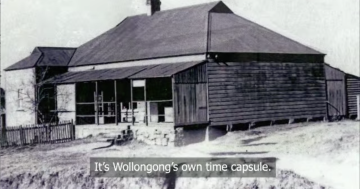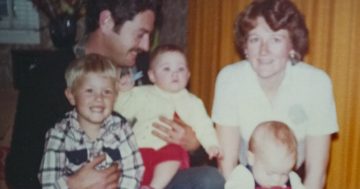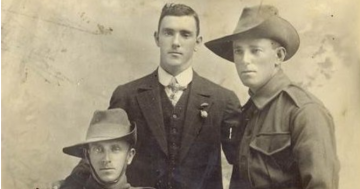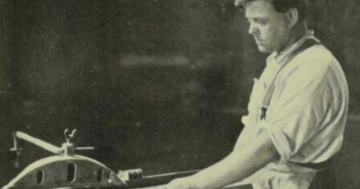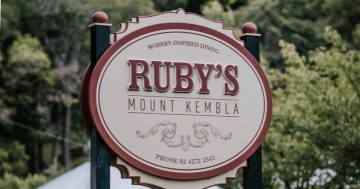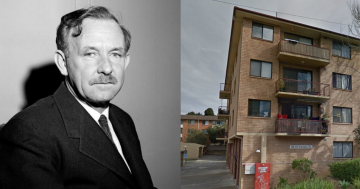
Retired Mt Kembla miner John Kirkwood says his grandfather George was a hero of the Mt Kembla Mine disaster. Photo: Michele Tydd.
As a young boy, John Kirkwood saw his grandfather as a gruff old man.
But he soon learned George Kirkwood should more accurately be remembered as one of the unsung heroes in Australia’s worst mining disaster.
The retired third-generation miner says his grandfather risked his life to save five workmates from deadly methane gas after a massive explosion ripped through Mount Kembla Mine on the afternoon of 31 July, 1902, killing 96 men and boys, and numerous pit ponies.
“It was well before I was born but my father told me George rarely spoke about that day again, and he never sought any recognition for his bravery,” John says.
The explosion happened when a large section of unsupported roof collapsed with force a few kilometres into the mine.
It produced odourless carbon monoxide gas that filled the tunnels and accounted for more deaths than the explosion itself.
Despite the intensity of the explosion that shot smoke and fire out of the mine entrance, the noise was muffled underground, so many miners in other sections of the mine just kept working.
But the gravity of that bang soon became evident with the realisation clusters of surviving miners were trapped in different pockets of the mine.
“My grandfather was a deputy at the time and he was working in a section away from the blast, but he knew where to go and how to get there to help the men in trouble,” John recalls.
“He skirted around the mine to reach a group of men who were dazed but still alive and he managed to lead five of them out away from the gas and through a small opening facing the escarpment.
“His only regret was that some chose to stay and follow a different path which led straight into the poisonous gas.”
During the aftermath, mine management denied accusations of safety failures, but the subsequent inquest found the mine had been both gassy and dusty, which caused the explosion.
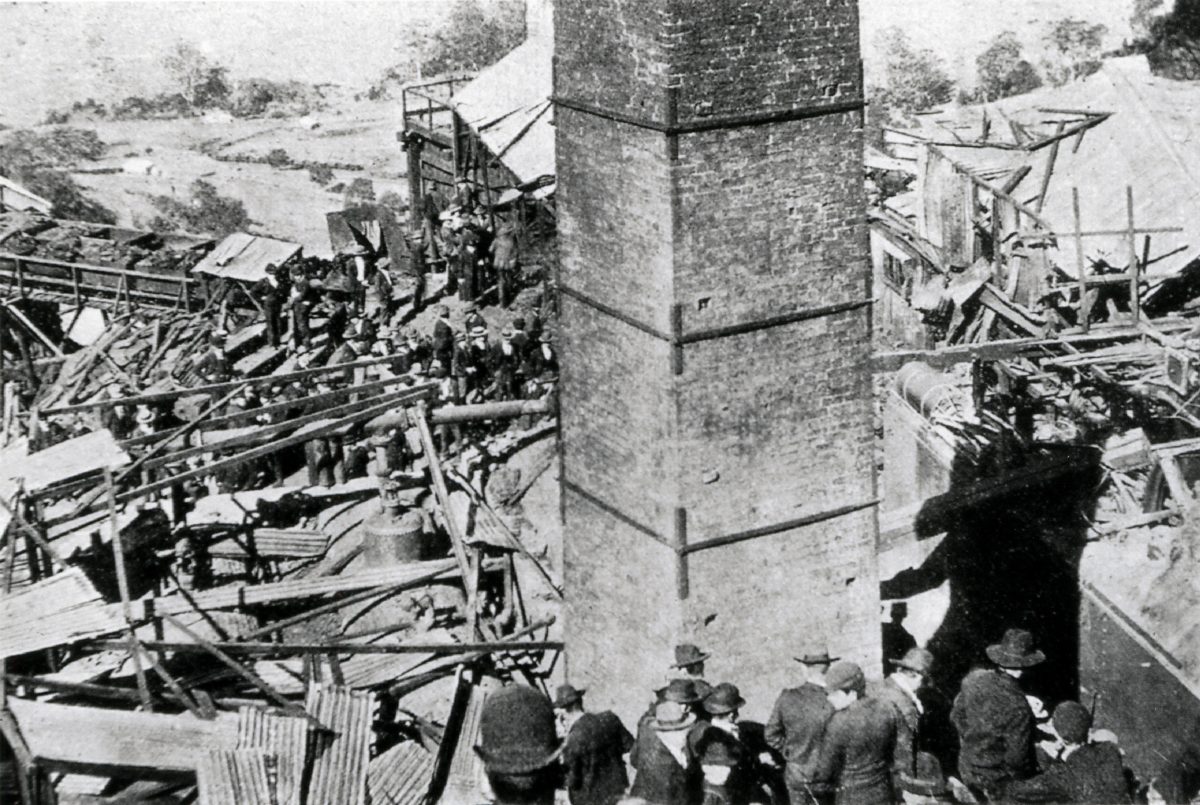
The Mt Kembla mine site was a scene of devastation and destruction. From the collections of Wollongong City Libraries and the Illawarra Historical Society – P18965.
It also found carbon monoxide poisoning produced by the explosion was the main cause of death.
A three-month royal commission the following year in 1903 confirmed the gas and coal-dust theory, and recommended miners replace naked flame lamps with safety lamps, but that was not widely implemented until the 1940s.
“I remember George as a cranky old bugger,” says John. “He put stinging nettles around the fruit trees so us kids couldn’t eat his peaches,” he adds with a laugh.
But over the years, John developed a tremendous respect for his grandfather’s bravery and cool head that horror-filled day, and for his strength of character displayed throughout his life.
“George rode his horse for three months from Ipswich to Mount Kembla in the late 1890s after the mine he worked in closed down,” he says.
“The fact my grandfather went back into the Mount Kembla Mine just weeks after the explosion might sound crazy, but what else could the men and boys back then do because there wasn’t much work around. And most, like George, had large families to feed.”
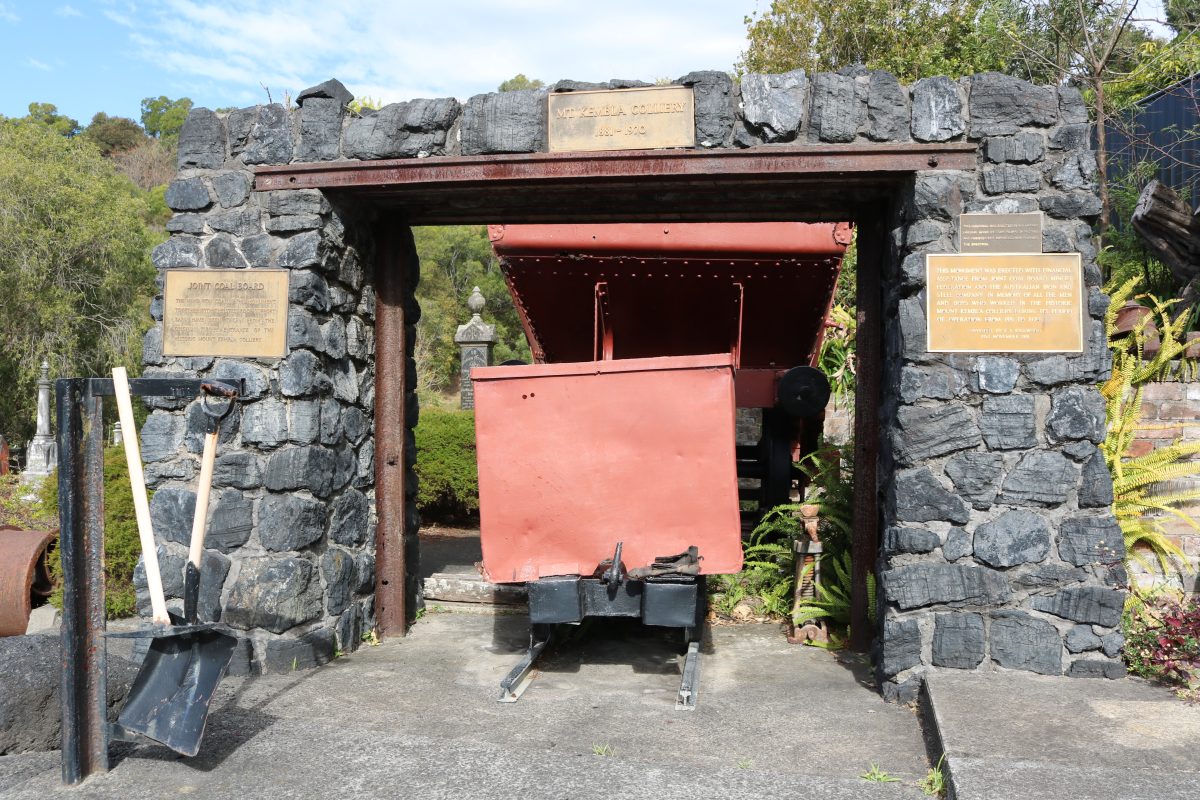
A memorial to the miners who died in the disaster sits at the entrance to the Mt Kembla cemetery. Photo: Jen White.
Life limped on in the village, but with so many widows and fatherless children the following decades were tough.
“A lot of the families suffered multiple losses because boys as young as 14 often joined their fathers in the mines,” says John.
“The tough years continued for decades, and to this day I still remember the funny looking horn my grandmother and other villagers used as a hearing aid because the intensity of the explosion had burst their eardrums.”
John was only five when his grandfather died, but like the rest of the Kirkwood clan, he will attend the remembrance ceremony at Windy Gully on Monday night (31 July) to light a candle in George’s memory.










